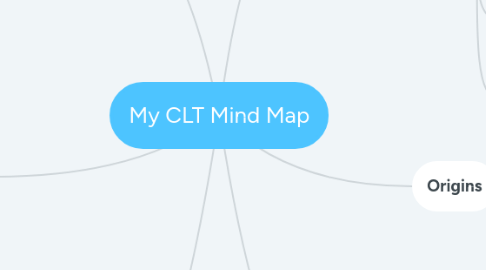My CLT Mind Map
por Noldo Vasquez


1. Definition
1.1. Communicative language teaching (CLT), or the communicative approach, is an approach to language teaching that emphasizes interaction as both the means and the ultimate goal of study. CLT is considered as an approach and not a method since it is compatible with many teaching methods. There is no specific teaching methodology available for CLT. The availability of a teaching methodology would be typical for a method
2. Advantages
2.1. -Communicative approach is much more pupil-orientated, because it is based on pupils’ needs and interests.
2.2. -Communicative approach seeks to personalise and localise language and adapt it to interests of pupils. Meaningful language is always more easily retained by learners.
2.3. -Seeks to use authentic resources. And that is more interesting and motivating for children.
2.4. -Children acquire grammar rules as a necessity to speak so is more proficient and efficient.
3. Disadvantages
3.1. -It pays insufficient attention to the context in which teaching and learning take place
3.2. -The Communicative Approach often seems to be interpreted as: “if the teacher understands the student we have good communication” but native speakers of the target language can have great difficulty understanding students.
3.3. -Another disadvantage is that the CLT approach focuses on fluency but not accuracy. The approach does not focus on error reduction but instead creates a situation where learners are left using their own devices to solve their communication problems. Thus they may produce incoherent, grammatically incorrect sentences.
4. Origins
4.1. The origins of Communicative Language Teaching (CLT) are to be found in the changes in the British language teaching tradition dating from the late 1960s. Until then, Situational Language represented the major British approach to teaching English as a foreign language.
4.1.1. In Situational Language Teaching, language was taught by practicing basic structures in meaningful situation-based activities.
